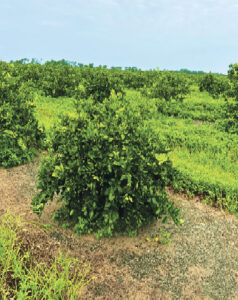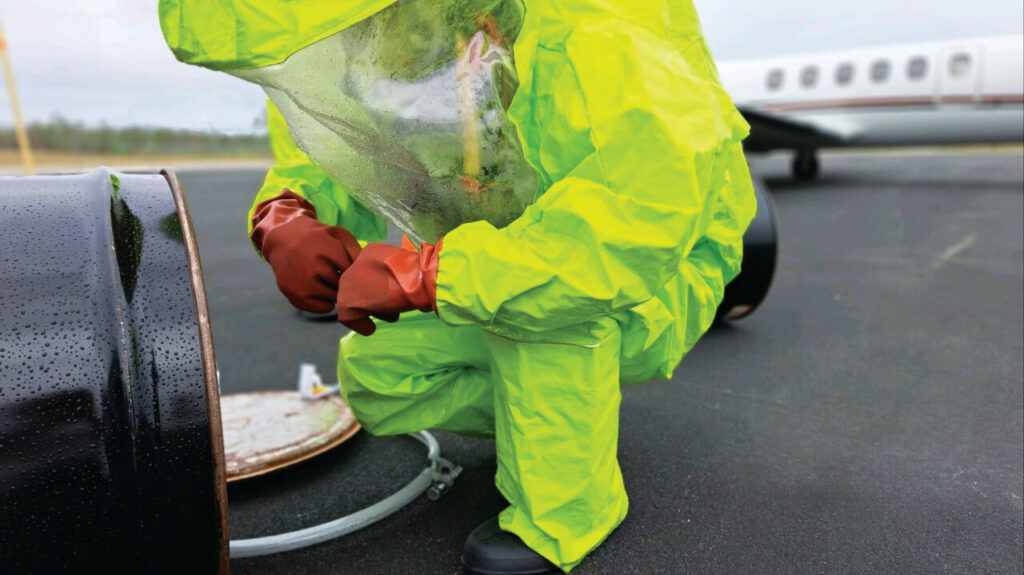By Dr. ROBERT KNIGHT
Given the environmental disaster that has continued to engulf the estuaries and beaches on both sides of the state, South Florida’s guacamole-filled coastal waters are receiving the state and national press they deserve.
But thanks to on-going releases of nutrient-laden water from sugar plantations, ranches, and other intensive agricultural operations; toxic floating algae, starving manatees, and rafts of dead fish continue to slime the once-blue waters, white sandy beaches, and green sea grass meadows.
Decades of complaints by businesses, residents, and municipalities whose economies and livelihoods were sorely impacted resulted in passage of the Lake Okeechobee Protection Act in 2000.
Continuing pollution subsequently led to the Northern Everglades and Estuaries Protection Program in 2007. While these legal mandates resulted in several large flood control and nutrient removal projects along the St. Lucie and Caloosahatchee rivers, minimal environmental improvements are evident.
In 2013, state and federal leaders again took notice when excessive destructive lake releases caused the coastal biological communities to plummet and coastal economies to suffer.
And in 2018, when conditions became so dire, the state responded to Martin County’s plea and finally declared a water quality emergency in South Florida. In 2021, the U.S. Congress passed the South Florida Clean Coastal Waters Act to address harmful algal blooms and hypoxia.
In addition to short-term band-aid approaches, the government’s long-term proposal to mitigate the damage to South Florida’s coastal biological resources is conspicuously one-dimensional — a lengthy, disruptive, and expensive plan to hookup thousands of septic tanks to central wastewater treatment systems.
Unfortunately for residents and the natural ecology of South Florida, the proposed septic-tank plan is unlikely to solve the continuing water quality problems caused by the dumping of polluted Lake Okeechobee discharges into the estuaries.
About 70% of the pollution load to Lake Okeechobee and subsequently to the St. Lucie and Caloosahatchee estuaries comes from discharges of nitrogen- and phosphorus-laden runoff from farms and ranches. In Martin County, septic tanks account for only an estimated 15% of the long-term pollution problem.
With a minimum price tag of about $15,000 each, septic tank connections will be paid by taxpayers. But agricultural producers are only asked to implement inexpensive ‘best management practices’ with no verification or enforcement.
Passage of deceptive water quality legislation that largely ignores ongoing pollution from agriculture virtually ensures that Lake Okeechobee and its connected estuaries may never meet water quality goals.
To truly address South Florida’s water quality misfortune, all anthropogenic nutrient loads need to be curtailed at their sources — especially at the very farms and ranches that produce the most pollution. Otherwise, pollution proliferates, spreading its toxic tentacles from one water body to the next, driving up costs for everyone, and hammering the very economies that depend on a healthy coastal environment.
No region of Florida is immune to these nutrient pollution woes. North Florida’s 1,000+ artesian springs, spring-fed rivers, and once pristine drinking water aquifer suffer from the same nutrient-induced sliming.
While septic tanks are a source of water impairment in North Florida, like South Florida, they are not the biggest polluters. And just like South Florida, the by-products of large-scale, intensive agriculture, namely fertilizers and animal waste, generate the bulk of North Florida’s groundwater and surface water contamination.
The Suwannee River Basin is North Florida’s most egregious example of agricultural-induced nutrient pollution and algae proliferation. Intensive agriculture and silviculture are the dominant land uses in the 6.4 million acre Suwannee Basin, while septic tanks are relatively few and widely spaced. And yet, the total amount of nitrogen flowing out of the Suwannee River to the Suwannee Estuary and the Gulf of Mexico averages more than 20 million pounds each year — nearly twice as high as the nitrogen load from Lake Okeechobee to the east and west coasts.
While South Florida has far more businesses, residents, tourists, and multi-million dollar homes on its beaches and estuaries, it is time to acknowledge North Florida’s own unique qualifications.
The Suwannee River and tributaries measure more than 675 miles in combined length and is the largest, undammed river system in the southeastern United States. More than 300 artesian springs feed the Suwannee River, the highest density of large artesian springs in the world.
The Suwannee River discharges to the most undeveloped and protected coast in Florida and its freshwater nourishes a vast estuary carpeted by seagrasses.
Designations as a Wild and Scenic River and an Outstanding Florida Water should make the Suwannee and its springs immune to excessive and ecologically destructive discharges of pollution.
And yet in the past 50 years, Florida’s passive and arbitrary environmental law enforcement has allowed the Suwannee River and springs to become Florida’s most polluted river. Residents of North Florida need look no further than their local springs to see noxious algae just as South Florida is experiencing.
Reports from the northern Gulf of Mexico indicate coastal seagrasses are disappearing, red tide is increasing, and sport-fishing is suffering.
Instead of accepting wide-spread water impairment, Florida’s government needs to focus pollution control measures at their origin, both agricultural and urban, including both fertilizer and sewage.
Only by effectively addressing all activities that generate nutrient-laden discharges to the natural environment, can Florida prevent the increasingly evident water quality impairment from spreading from one waterbody to the next.
It is time North and South Floridians stood elbow-to-elbow and demanded Florida’s leaders ensure a clean water future.●
Book review

Find out what Lucinda Faulkner Merritt thinks about Dr. Robert L. Knight’s Florida’s Santa Fe River and Springs here. Merritt is a writer and springs lover who works as the staff assistant/communications coordinator for the Ichetucknee Alliance.

Robert Knight is Director of the Howard T. Odum Florida Springs Institute located in High Springs and author of Silenced Springs: Moving from Tragedy to Hope. This opinion piece is an update of a similar piece by the author originally published in the Gainesville Sun in July 2016.














































